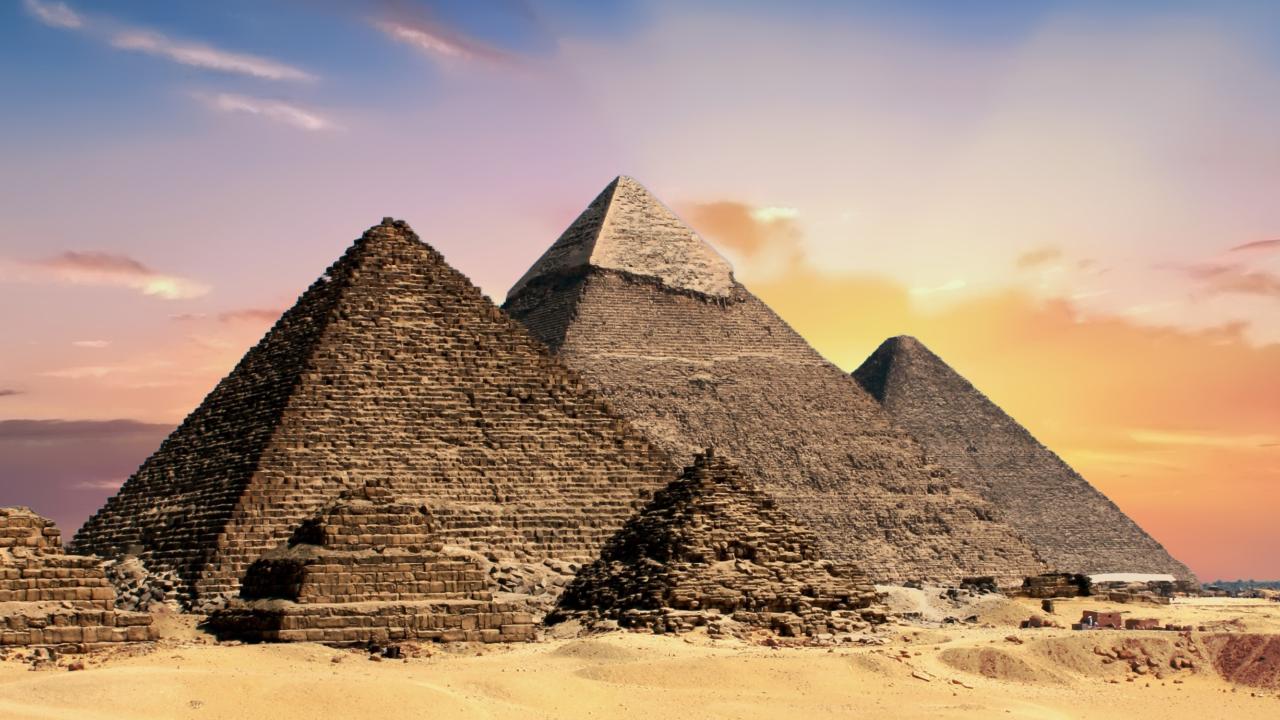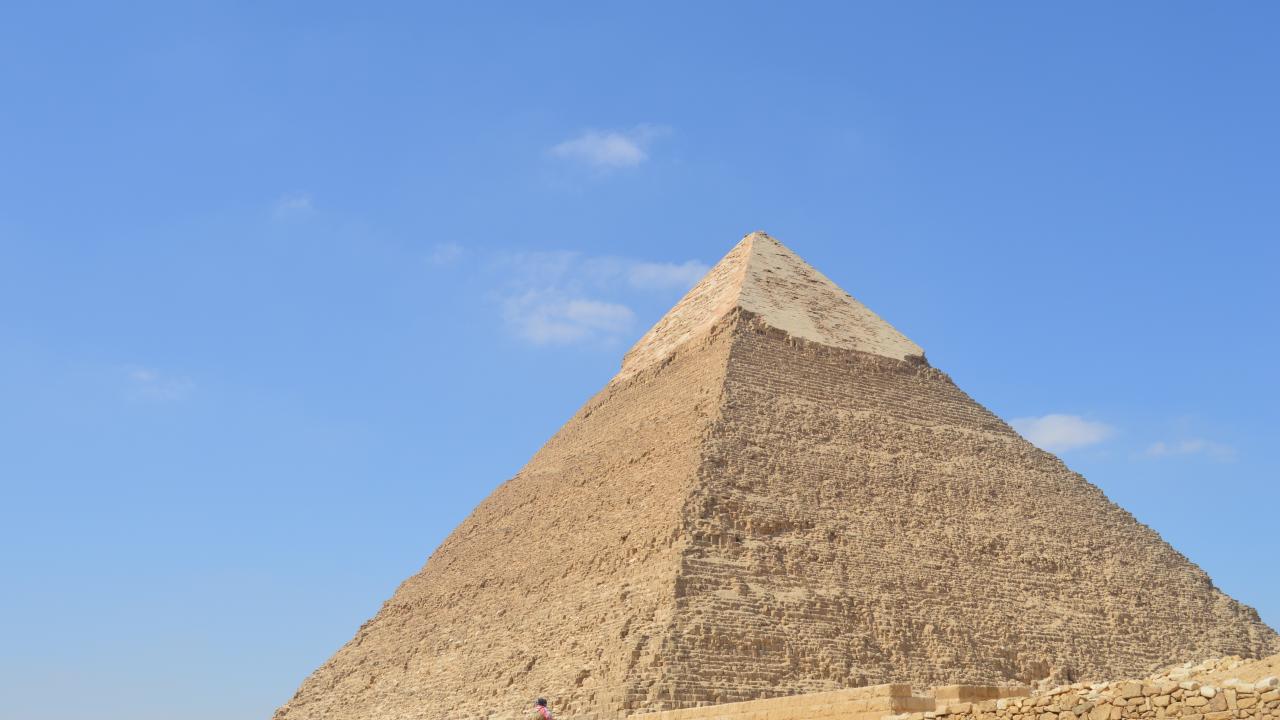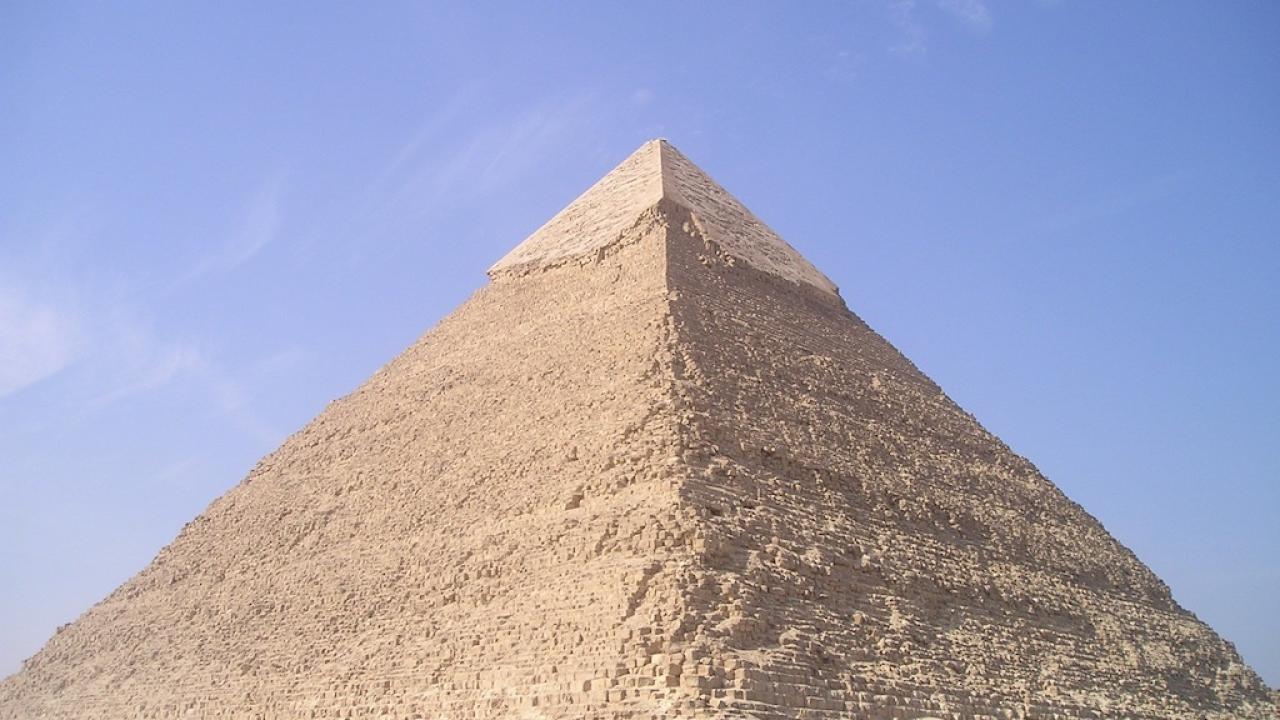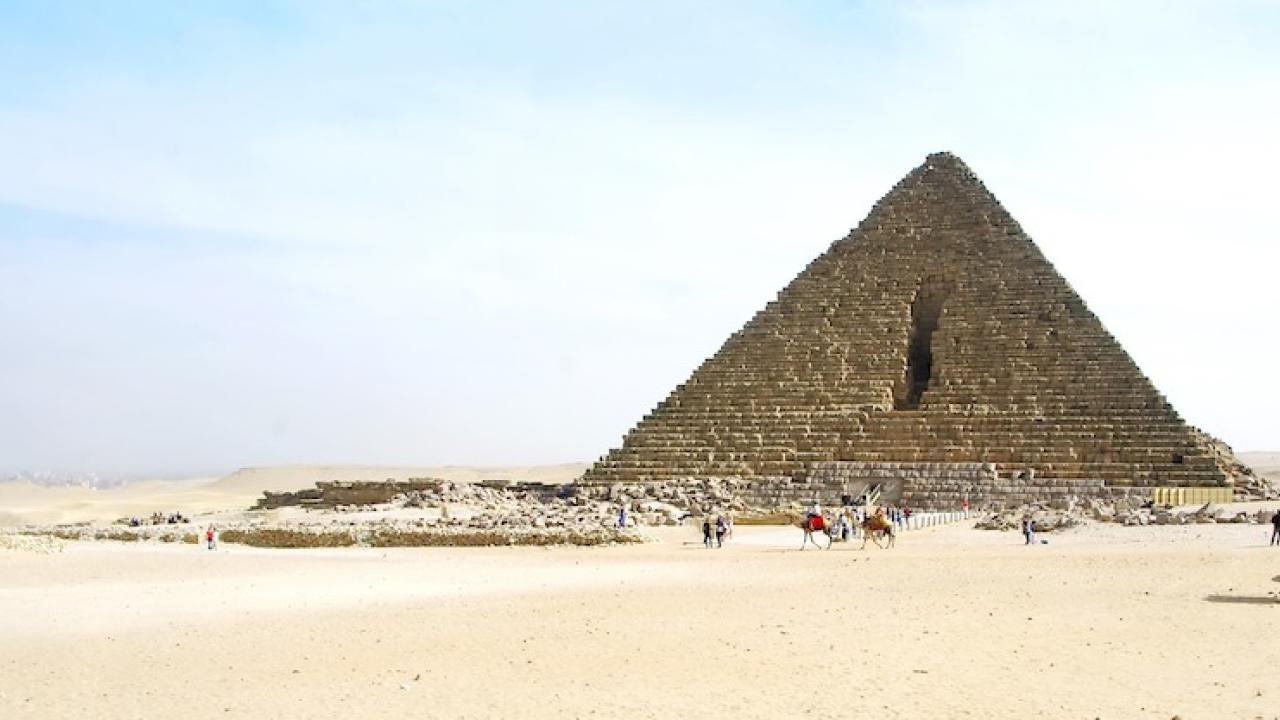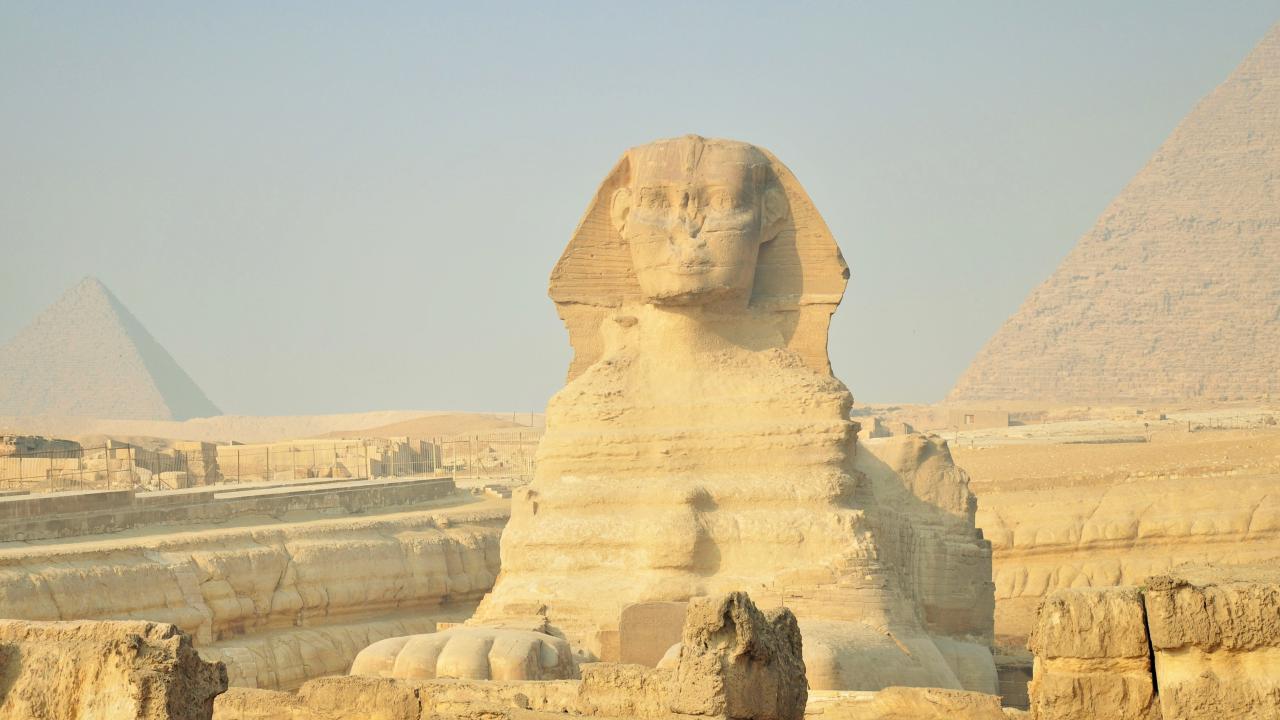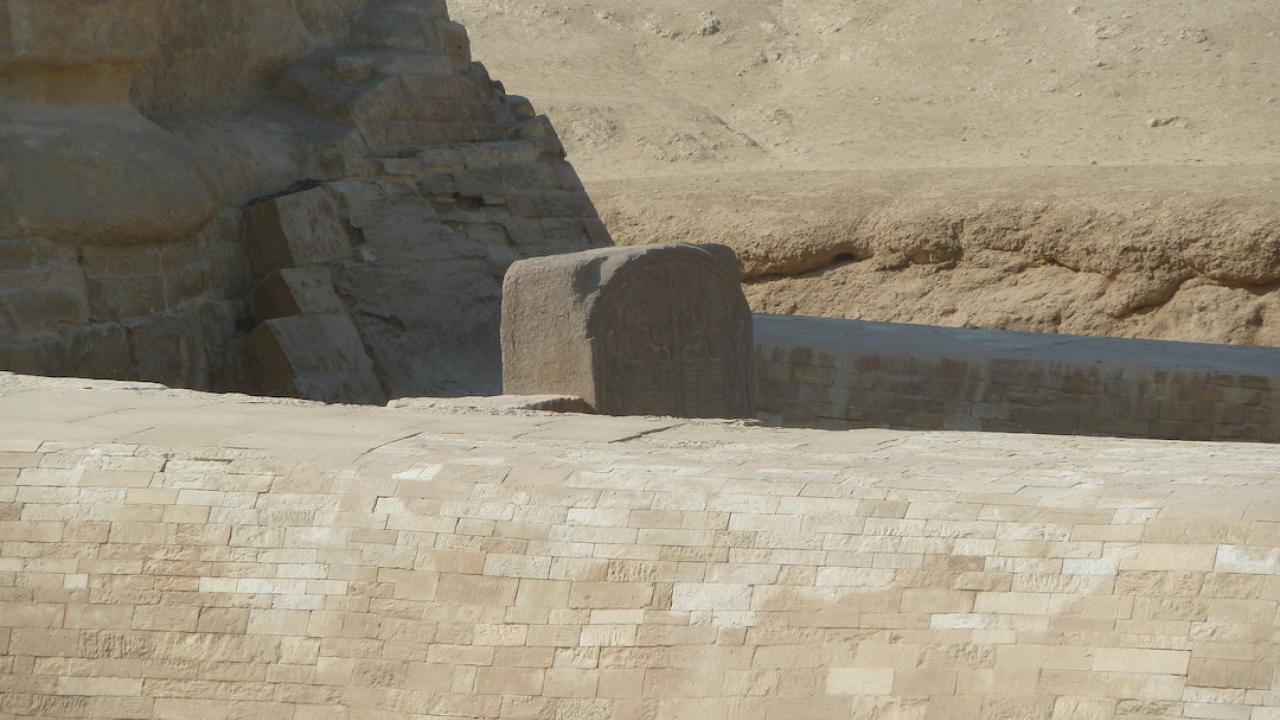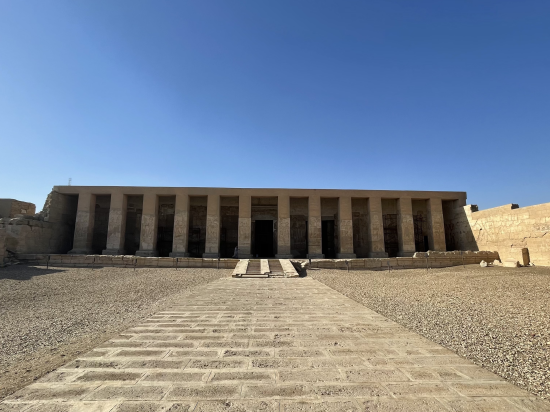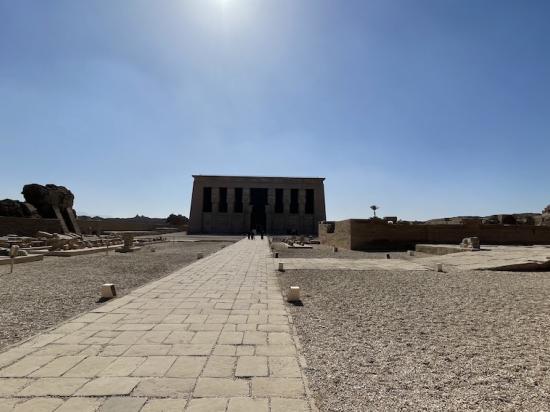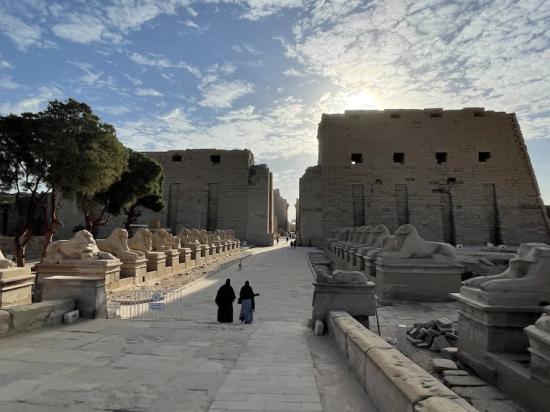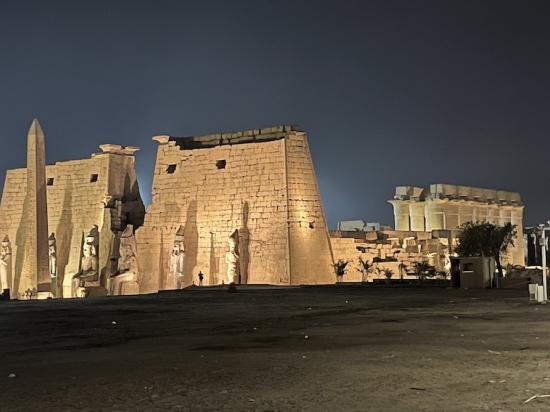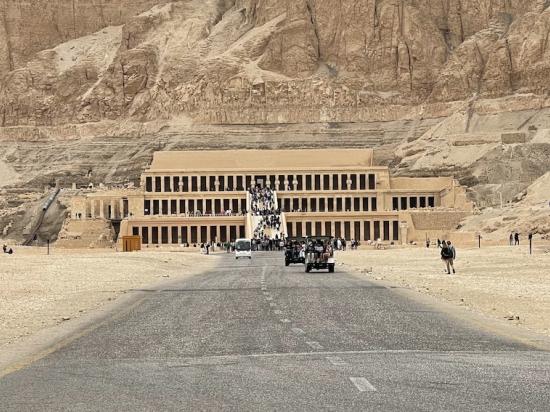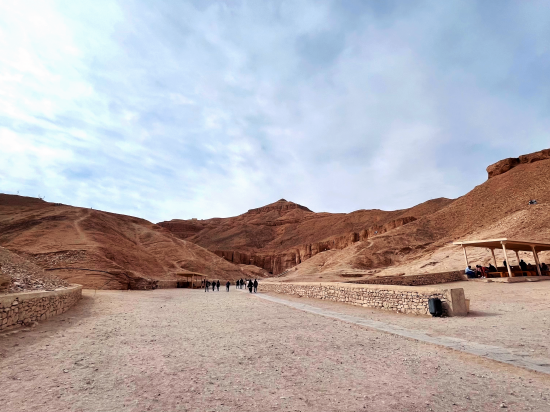The Giza Pyramid Plateu
From first ever historian Herodotus over Pliny the Elder to Napoleon – everyone left the Plateau impressed and inspired. The pyramids were ancient, when Cleopatra showed here Kingdom to Cesar and Mark Anthony and just imagine:
Cleopatra is closer in time to us today than the pyramids were to her then. When Cleopatra seduced Caesar, the pyramids were already ancient. The only of the Seven Wonders of the Ancient World still standing today. For thousands of years the Great Pyramid was the tallest building in the world until 1311 (Lincoln Cathedral).
The Giza Plateau is a desert plateau located on the outskirts of Cairo, Egypt. It is best known as the site of the famous Great Pyramids, which were built during the Fourth Dynasty of the Old Kingdom of Egypt, around 2500 BC.
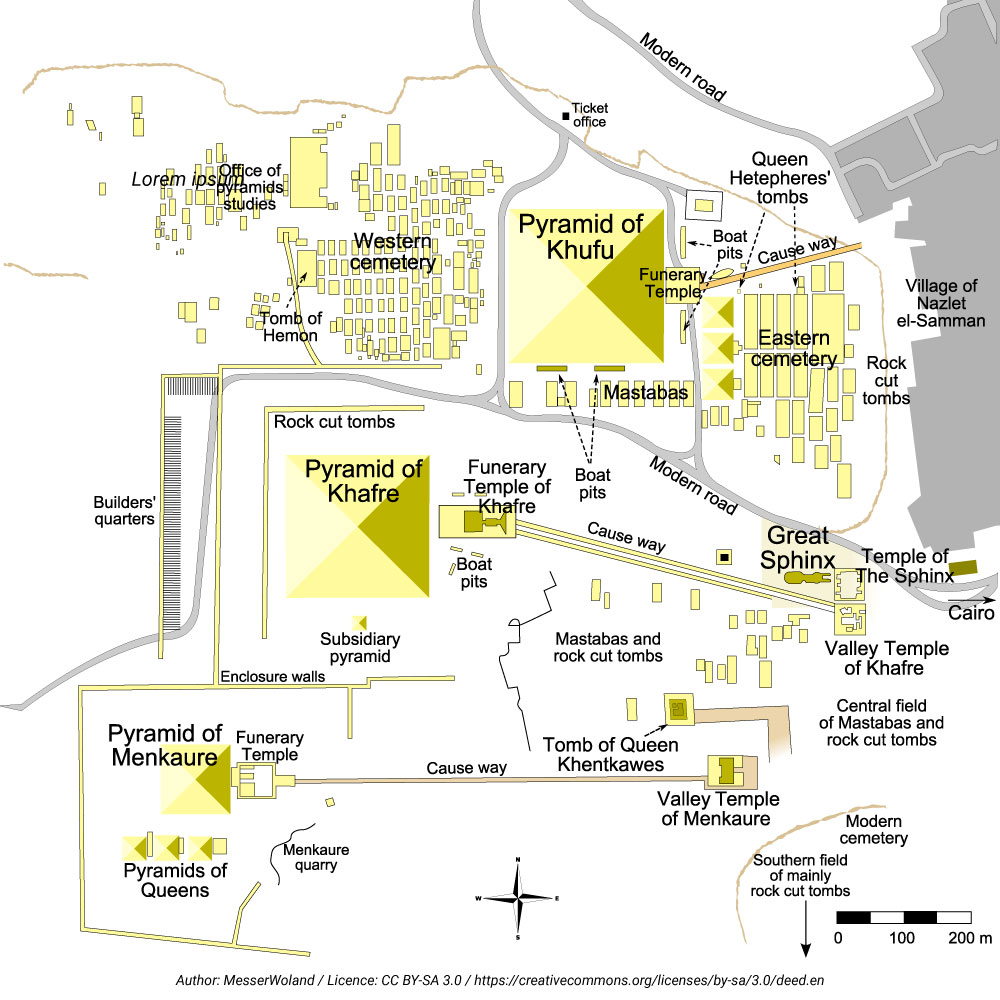
The plateau covers an area of approximately 2.5 square kilometers (1 square mile) and is situated on the west bank of the Nile River. In addition to the Great Pyramids, the plateau is home to several other ancient Egyptian structures, including smaller pyramids, temples, and tombs.
The Great Pyramids are the most famous and recognizable structures on the Giza Plateau. There are three main pyramids located on the plateau, each built for a different pharaoh of the Fourth Dynasty. The largest and most famous of these is the Pyramid of Khufu (also known as the Great Pyramid), which was originally 146 meters (479 feet) tall.
In addition to the pyramids, the Giza Plateau is home to several other notable structures, including the Great Sphinx, which is a massive statue of a mythical creature with the head of a human and the body of a lion. The Sphinx stands at a height of approximately 20 meters (66 feet) and is believed to have been built during the reign of the Pharaoh Khafre.
Today, the Giza Plateau is a popular tourist destination and is widely regarded as one of the most important archaeological sites in the world. It remains a testament to the ingenuity and engineering prowess of the ancient Egyptians, and is an enduring symbol of their civilization's power and influence.
The Royal Barges
The royal barges were a collection of ceremonial boats that were used by the pharaohs of ancient Egypt for various religious and ceremonial purposes. These boats were elaborately decorated and were an important symbol of the pharaoh's power and wealth. The royal barges were used for a variety of purposes, including processions and ceremonies that were held along the Nile River. They were also used in funerary processions, where they would transport the mummified body of the pharaoh from the temple to the burial site.
One of the most famous royal barges is the Khufu ship, which was discovered in a pit near the Great Pyramid of Giza in 1954. The ship is believed to have been built during the reign of the Pharaoh Khufu (also known as Cheops) and is one of the oldest and best-preserved ships from ancient Egypt. The Khufu ship is made from cedar wood and measures around 43 meters (142 feet) long. It is decorated with intricate carvings and was likely used for a variety of purposes, including transportation and religious ceremonies.
Other notable royal barges include the Hapy barge, which was used during the annual Opet Festival in Thebes, and the Barque of Amun, which was used to transport the statue of the god Amun during the Festival of Opet.
Today, several of the royal barges can be seen on display in museums throughout Egypt, including the Khufu ship, which is on display at the Solar Boat Museum located near the Great Pyramid of Giza.
How were the Pyramids at Giza built?
The construction of the Pyramids in Giza was a remarkable feat of ancient engineering and required the coordinated efforts of thousands of workers over several decades.
The first step in building a pyramid was to select a suitable site and level the ground. The workers then began quarrying the stone blocks that would be used to construct the pyramid. The blocks were typically made of limestone and granite, and were cut into precise shapes using copper tools.
Once the blocks were quarried, they were transported to the construction site using sledges, rollers, and possibly even boats. The workers then began building the pyramid by laying the blocks in horizontal courses, starting at the base of the pyramid and working their way up.
To ensure that the blocks were precisely aligned, the workers used a system of ropes and pulleys to lift and position them. The blocks were also carefully cut and shaped to fit together tightly, creating a smooth, seamless surface.
As the pyramid grew taller, the workers began to build internal chambers and passageways. These were used to house the pharaoh's burial chamber and other important artifacts.
To complete the pyramid, the workers placed a final layer of white limestone blocks on the exterior, giving the pyramid its characteristic smooth, polished appearance. The capstone, or pyramidion, was then placed on top of the pyramid.
The exact methods used to construct the Pyramids of Giza remain a subject of much debate among historians and archaeologists. However, it is believed that the construction was carried out using a combination of manual labor, ingenuity, and sophisticated engineering techniques.
Who built the Pyramids?
The question of whether the pyramid builders were slaves is a topic of much debate among historians and archaeologists. While it is true that slavery existed in ancient Egypt, it is unclear whether the workers who built the pyramids were slaves or not.
The evidence suggests that the workers who built the pyramids were not slaves in the modern sense of the word. Rather, they were likely farmers, laborers, and artisans who were recruited for the construction project on a temporary basis when the Nile was flooded and they were not needed to work their fields.
It is also important to note that the construction of the pyramids was not a continuous project. Rather, the construction was carried out in phases, with workers being brought in for short periods of time to work on specific parts of the pyramid.
The workers who built the pyramids were provided with food, shelter, and medical care, and were likely compensated for their labor in some form. In addition, many of the workers who were involved in the construction of the pyramids were likely proud to be part of such an important and monumental project, which would have been seen as a tribute to the power and majesty of the pharaoh.
Egyptologist even think, that the building of the Pyramids enabled the stability of the Old Kingdom, as the Pyramid was a concerted effort by the people to enable their Pharao to fullfill his duties after his death. And to fullfill these duties, he needed to join the Sun God Ra on his daily journey in the Egyptian sky.
The Pharao was responsible for maintaining Maat, which can be translated as "order" or "harmony". He had to make sure, that the sun will rise every morning and that the Nile floods each year, just enough to ensure a good harvest so that Egypt and its people could thrive.
